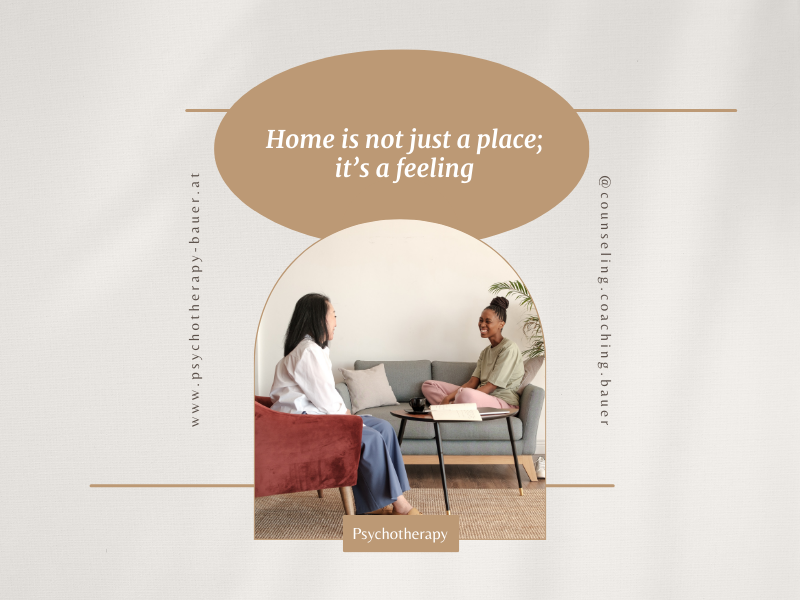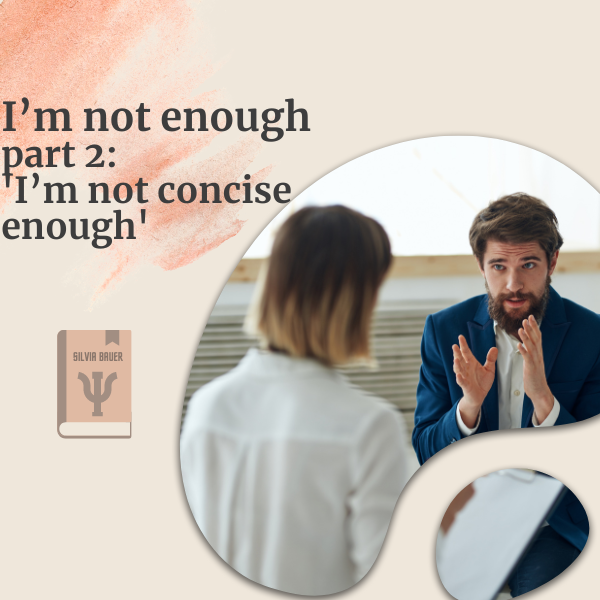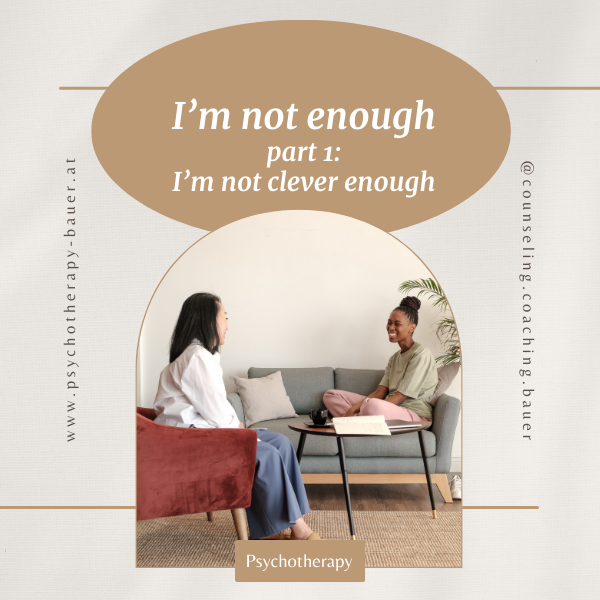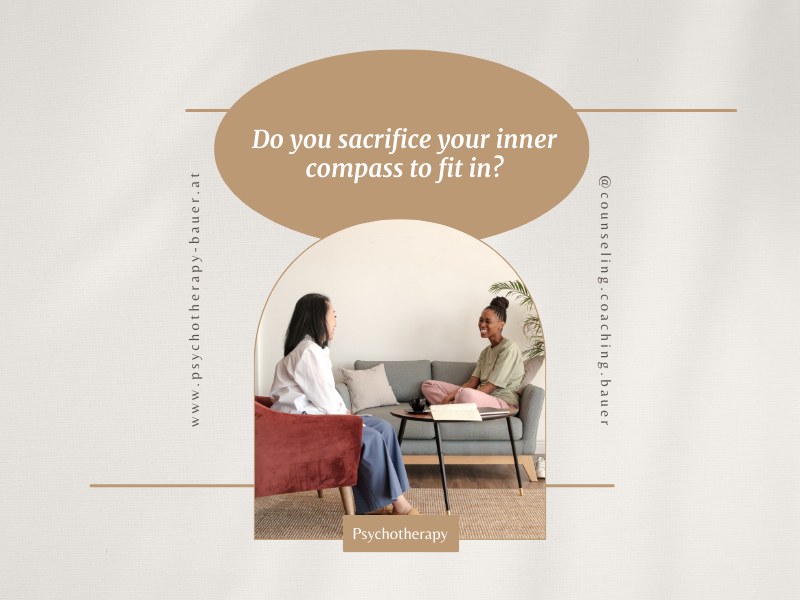Navigating Trauma in Relationships: A Journey to Understanding and Healing
The impact of trauma on a relationship
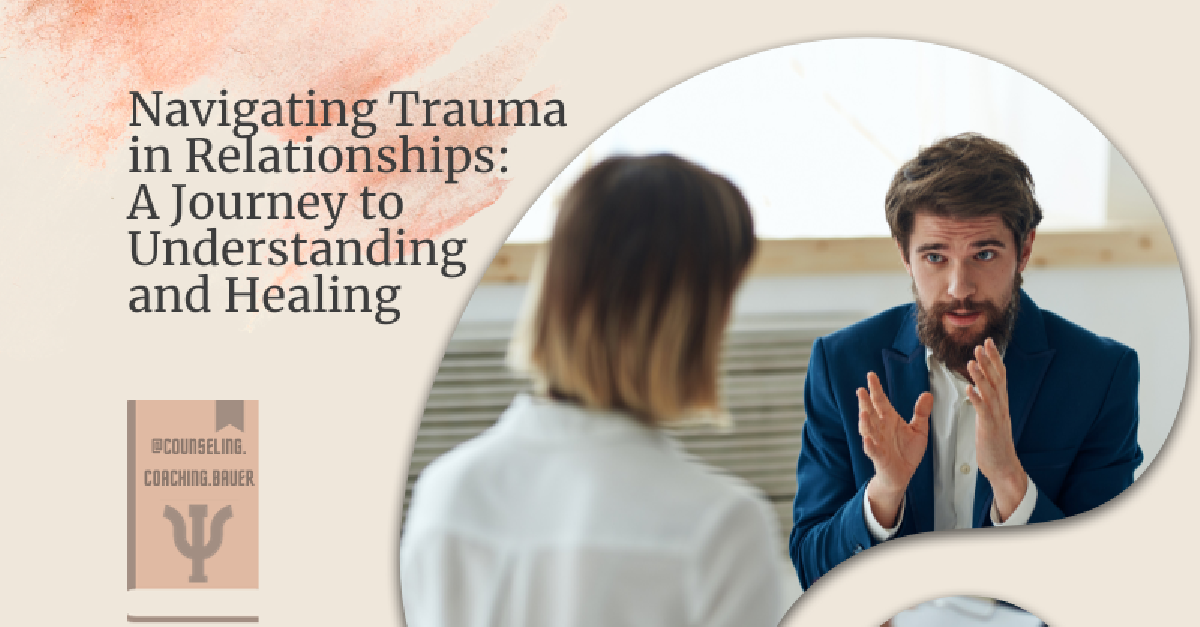
Have you ever felt concerned about how your struggles might cast a shadow on your relationship? Perhaps your partner has expressed frustration, dismissing the echoes of the past as irrelevant and labelling your reactions as "overreactions." In the realm of relationships, there exists a widely common pattern of a partner who turns away, leaving their significant other unseen in the wake of their trauma. Although they usually fear being faced with their loved one's painful emotions, being left behind by a significant other in their pain is a disconcerting experience for humans – no matter what age.
If you've experienced the loneliness that follows such behaviour, or if you're a partner striving to understand and support someone with a traumatic past, this blog is a compass to navigate the complexities of love and healing. Even if you find yourself currently single and questioning your relational capabilities, read ahead; this exploration into trauma and relationships is equally relevant to your journey.
In the upcoming discussion, we'll delve into the challenges that come with trauma within the context of relationships. More importantly, I'll reveal how to navigate and overcome the effects of trauma, fostering a path toward understanding, connection, and, ultimately, healing. Join me in exploring the human experience, where resilience and compassion intersect on the road to healthier, more fulfilling relationships.
Different kinds of trauma
Trauma is a complex issue to discuss. This is because there are different kinds of trauma, and each has a different impact on relationships; therefore, they can be handled and healed in different ways. What they all have in common is that, if left untreated, they have enormous power and kind of pull the traumatized person back into the dangerous situation.
The image is certainly very simplified, but hopefully, it helps you understand the dynamic: usually, partners in a close relationship are most meaningful to each other and have each other's back. Any third party (interests, in-laws, kids, conflicting topics) can be handled and won’t threaten the relationship as long as both partners prioritize each other. The difficulty with trauma is that it won’t play second-fiddle to any relationship. After all, it once saved one partner’s life. So, the impact of an unprocessed trauma is as strong as an immediate life-or-death decision. Depending on the nature of the traumatic experience, the frozen trauma response either constantly surrounds the person and “protects” them from past danger, or it suddenly pops up when the person gets triggered. It appears like the reaction to the past trauma is frozen in the person's memory. In any case, it’s stronger than any human relationship at first because at the moment the traumatizing event happened, no human saved the person; otherwise, they most likely would not have been traumatized.
So, the “trauma” constantly – either permanently or most likely frequently – keeps interfering with the couple’s relationship and attempts to protect one partner but keeps them separated from their spouse.
In therapy, we address this misconception in two ways:
We work directly on “melting” the frozen traumatic experience to release the trauma's impact.
We strengthen the relationship and teach the couple to face and handle the trauma together – pretty much like any other third party.
Depending on the structure of the trauma, there are different steps to reaching those goals. I will organize the types of trauma and ways of treating them in ascending order. This way, you can see that all the types of treatment work for the following case – and they are most likely a little add-on to building satisfying and enduring relationships.
- “Small t” traumas are distressing events on a personal level, but they’re not life-threatening. The symptoms are less intense than in PTSD, and they are most commonly diagnosed as adjustment disorder. Pretty much every human being is confronted at some point in life with such events as the loss of a loved one, divorce, infidelity, changing jobs / being laid off, bullying or migration. I guess you can relate to at least one of these. In case we’re not confronted by anything else, coping with a “small t” trauma can usually be successfully dealt with in one of these ways:
- About half a year of individual counselling.
- In couples counselling, if the couple is not disturbed by other conflicts and has a pretty stable and comforting way of handling each other.
2. “Big T” Trauma can be divided into Mono-trauma and attachment/relational trauma. “Big T” Trauma luckily doesn’t hit everyone, but those it does tend to feel powerless, hopeless and existentially overwhelmed due to some life-threatening situation. In this case, I want to emphasize that the life threat is related to the age of the traumatized person – which means that some situations would traumatize a 3-year-old child but not a 30-year-old grown-up. That’s why I will differentiate at this point between:
- Mono-trauma that is usually diagnosed as PTSD, e.g., caused by war, natural disasters, accidents, or terrorist attacks.
- Attachment trauma (caused in an attachment relationship), also called relational trauma, is mostly diagnosed according to the trauma consequences of personality disorders, or Complex PTSD.
Both types of “Big-T” trauma have a severe impact on a person's mental health and should be addressed individually and additionally before starting couples therapy. Monotrauma can usually be treated faster and has less impact on relationship behaviour. Some skilled couple’s therapists can also treat mono-traumatic trauma within couples therapy to a sufficient extent. Yet, it’s certainly a more relaxing and also more common alternative to address the trauma first, e.g., with EMDR therapy, and bring the reprocessed experience into couple therapy.
Please take into account that relationships, by nature, have the effect of bringing any kind of traumatic experience to the surface so that it can be healed within our attachment relationship. That’s the fabulous nature of human connection. Unfortunately, this effect can appear not so fabulous or rather frustrating when you think you have spent enough time and energy working through a traumatic experience and, back home in your relationship, it pops up again. Hang in there; it’s all right; you’ve done your work, and it’s just the last glimpse of pain that sparkles in to be completely washed over by your partner. This effect is the reason why I recommend couples therapy for whatever trauma one partner has been impacted by. And it won’t take long if you’ve done individual therapy beforehand.
Last but not least, there is “Big T” Trauma in the case of attachment trauma or relational trauma. In this case, the traumatic experience started early in childhood and has been going on for a long time. Therefore, the person sometimes feels like that’s "the way it is,” and they may have difficulties differentiating between themselves and the traumatic impact. As people caused the trauma, they used to have an intense relationship with, they imagine relationships at some point to be generally as traumatising as their experience used to be: for example when your parents (or other family members) used to argue in a loud, aggressive, contemptuous way, maybe violence was involved, you might want to avoid any kind of conflict or even any close relationships at all. Keep in mind, that witnessing trauma can traumatize too - especially children.
Understandably, they are usually not drawn to creating deeper relationships. Still, it doesn’t mean it has to stay this way – but there’s quite a bit of work to be done before relationships turn out to be securely functioning and fulfilling. In this case, I highly recommend individual therapy as well as couples therapy. It doesn’t matter where to start, although some colleagues highly recommend starting with individual therapy. From my experience, all that matters is that you are patient and keep working consistently. As always, with any wound, it usually turns into strength after it's been healed. So, please don’t forget about this: your work will be worth it. You will gain trust in your partner, yourself, and most likely other people, and you’ll certainly develop phenomenal people skills along the way. I want to highly encourage you to take the first step – and as you may have guessed, I would be honoured if you reached out for support.
How do you help
No matter which of the cases I mentioned above speaks most to you, I can help. My specific skill set enables me to work with couples as well as traumatized individuals – but not at the same time. That means you can consult me for individual counselling or as a couple, but not for both. I don’t see the partners of a couple individually.
I do have a network of colleagues I highly recommend for the other part (either individual or couples therapy) because I know that their approach is compatible with mine in terms of the therapy approach as well as on a personal level. I have listed them below. Please reach out to me. I’m more than happy to help you discern which might be the best fit for you.
Conclusion
In the intricate dance of relationships, the impact of trauma weaves its threads, influencing the dynamics between partners in profound ways. This journey through the complexities of trauma and relationships has explored the shadows that linger, casting a veil over connections and hindering the pursuit of understanding and healing.
For those who have felt the weight of unspoken pain or grappled with a partner dismissing the echoes of the past, this exploration serves as a compass. Loneliness following emotional abandonment is a disconcerting experience that many face, but it is within this struggle that the potential for growth, understanding, and healing lives.
As we delved into the different kinds of trauma, from "small t" to attachment trauma, the overarching theme became clear: trauma, unaddressed, possesses a formidable power to interfere with relationships. The frozen memories of past traumas, whether subtly persistent or triggered suddenly, create barriers between partners.
However, the path to healing is illuminated through therapy, where the frozen experiences can be melted and relationships can be strengthened to face and handle trauma together. The ascending order of trauma types and corresponding treatments serves as a guide, emphasizing that each case, no matter how challenging, has the potential for resolution.
Whether you find resonance in the distressing events of "small t" traumas or the overwhelming impact of "Big T" traumas, the key lies in acknowledging the pain and seeking help. The intricate interplay of trauma and relationships calls for patience, consistency, and a commitment to the journey of healing.
In conclusion, relationships have the power to bring traumatic experiences to the surface, creating an opportunity for healing within the bonds of secure-enough attachment. The journey may be challenging, but the resilience of the human spirit and the support of therapeutic interventions can pave the way for securely functioning and fulfilling relationships.
No matter which aspect of this discussion resonates with you, the call to action is clear: take the first step. Seek support, whether as an individual or a couple and trust in the transformative power of healing. In the realm of trauma and relationships, your efforts will be worth it. You can gain more trust, engage in purposeful self-discovery, and develop profound interpersonal skills that can benefit every area of your life (because all of life is relationship). Remember, you are not alone on this journey, and the possibility of a brighter, more connected future awaits.
... with a little help from a therapist.
My dearest colleagues specialize in working with trauma and couples:
In Vienna, Austria:
● He’s working in English and German (although his website is in German only, please don’t hesitate to reach out in English)
● He’s specialized in working with “Big T” Trauma and couples.
In Brighton, UK and online:
http://lynnemendelsohncounseling.co.uk
● She’s specialized in working with “small-t” Trauma.
San Diego, US and online:
●
They specialized in working with couples who have been impacted by trauma; specifically military and first-responders.


